Google's navigation app is about to get a serious upgrade. The world's most popular mapping service is integrating Gemini AI technology to create what Google describes as a more conversational companion. In plain terms, your basic turn-by-turn directions start to feel like a chat with a knowledgeable passenger. With over 2 billion people using Google Maps monthly, the stakes are high.
What makes this hands-free experience different?
The headline shift is not just another voice piped through your speakers. It is navigation that talks with you, not at you. Google's new hands-free system transforms Maps into something resembling an insightful passenger, the kind that can steer you where you are going and chime in with timely suggestions.
It also handles messy, real-life requests. Android Central reports that users can now handle multi-step tasks, like finding a budget-friendly spot with vegan options along your route. Instead of poking through menus, you can ask for a restaurant with vegan choices and easy parking within a few miles. Done, hands on the wheel.
The AI can even follow up on requests: add a calendar reminder, check EV charger availability, then keep the thread going. Ask about traffic ahead, or toss in a quick sports score check, and keep driving without losing your route. It pulls from roughly 250 million places stored in Google Maps' database of reviews accumulated during the past 20 years, so the suggestions feel grounded in real places, not guesses.
How landmark-based navigation changes the game
Here is where the conversational side shows up in a way you can feel. Google is tackling one of navigation's most frustrating moments, trying to parse distances while moving. You hear "turn left in 500 feet," then squint at street signs and hope. We have all missed that turn.
Instead of relying solely on distance notifications, AI features now enable Maps to call out landmarks for turn directions. Android Central explains that rather than just saying "turn left in 500 ft," Gemini brings forth more noticeable buildings like gas stations. Think, "turn right after the Thai restaurant," which is easier to catch at a glance.
Under the hood, it is busy work with a simple payoff. Gemini analyzes information about 250 million places and cross-references it with Street View images to pick out landmarks you can actually see from the road. Better yet, it chooses them based on what you are doing. Looking for food, it may reference eateries. Heading to fill up, it may call out a nearby station.
The result is a tidy handoff between conversation and guidance. Ask, "How will I know when to turn?" and hear, "I will tell you to turn right just after the Starbucks on your left, you will see it about a block before the intersection." This landmark-based navigation is rolling out to Android and iOS devices today for users in the US.
Getting ahead of traffic before it hits
The proactive tools push beyond call and response. Instead of waiting for you to ask, Gemini tries to smooth your drive.
Maps will now proactively notify users of disruptions on the road ahead, including unexpected closures or heavy traffic jams. These alerts can come through even when you are not actively navigating, handy for those daily commutes.
Get a ping, then talk it through. Ask, "How much time would this save me?" or "Any good coffee on the alternate route?" and get quick, contextual options. Reporting back is just as simple. Drivers can report real-time conditions by saying things like "I see an accident ahead" or "There is flooding on this road", and Maps will add the safety alert for others. For now, proactive traffic updates are Android-only, with wider availability expected.
Lens integration brings real-world context
Gemini-powered Lens rounds out the experience so it is useful when you park too. The camera becomes part of the conversation.
Users can now tap on the camera in the search bar and hold their phone to identify places like restaurants, cafes, shops, or landmarks in their view. It plugs into whatever you were already asking for.
Picture this: you used conversation to pick a restaurant, landmark-based directions got you there, and now you are on the sidewalk. When you see pins, you can ask questions about the place, like "What is this place and why is it popular?" or "What is the vibe inside?" The AI remembers, and it can say, "This is actually the Thai restaurant I mentioned in your directions, and it is known for its authentic pad thai and casual atmosphere."
Users can ask follow-up questions like "What is this place known for?" or "Is it usually busy at lunch?" and get AI-generated answers based on reviews and real visits. Gemini can also let you know if a local spot carries something particular you are looking for. Gemini's Lens capabilities in Maps will roll out gradually later this month for US users on both Android and iOS.
What is coming and when you will get it
Timing depends on the feature. Landmark-based navigation is live now in the US for Android and iOS, which means clearer turn cues right away. For the full chatty experience, Gemini in navigation will arrive in the coming weeks for Android and iOS, with Android Auto support expected to follow.
If you are waiting on the whole bundle, these new features will begin to roll out on both Android and iOS Google Maps over the next couple of weeks, and availability may vary by region at first. Lens is on a slightly different clock, with Gemini-powered Lens rolling out later this month across both platforms for US users. And yes, proactive traffic updates are Android-only for the moment.
The timing is not an accident. Google is hoping the AI features will turn into a showcase that helps give Gemini a competitive edge against ChatGPT, so this is more than a Maps refresh. It feels like a pivot, from simple directions to a savvy local guide that learns your preferences, sees what you see, and reacts in the moment. For the two billion people who use Google Maps monthly, that could change both the drive and the wandering that comes after.




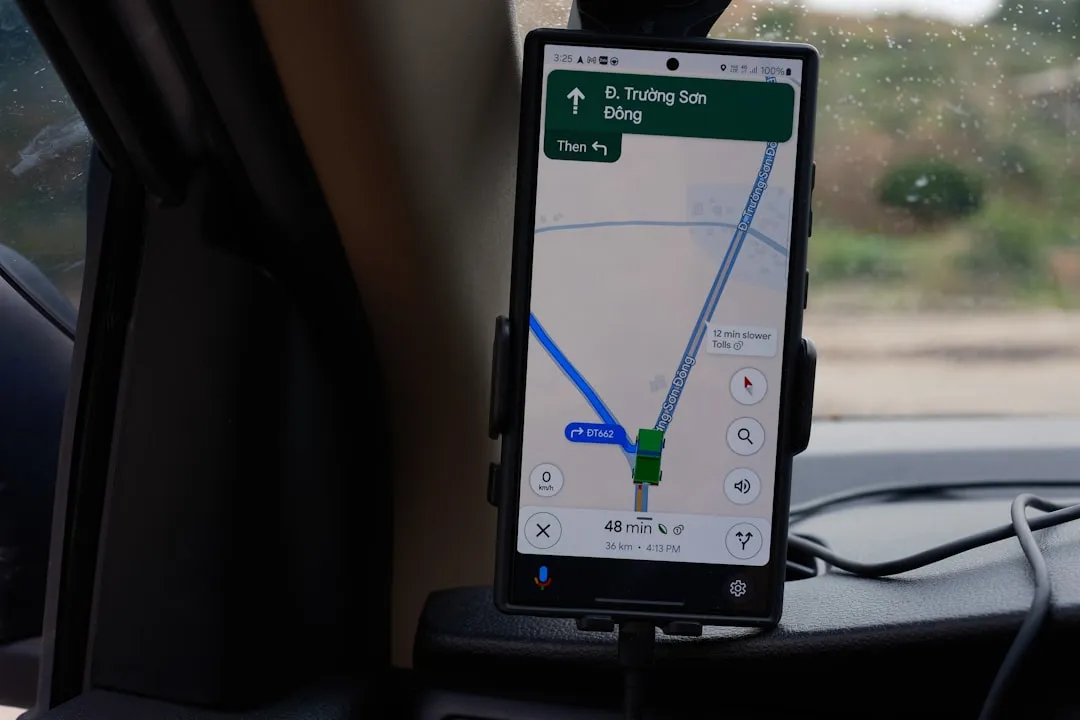
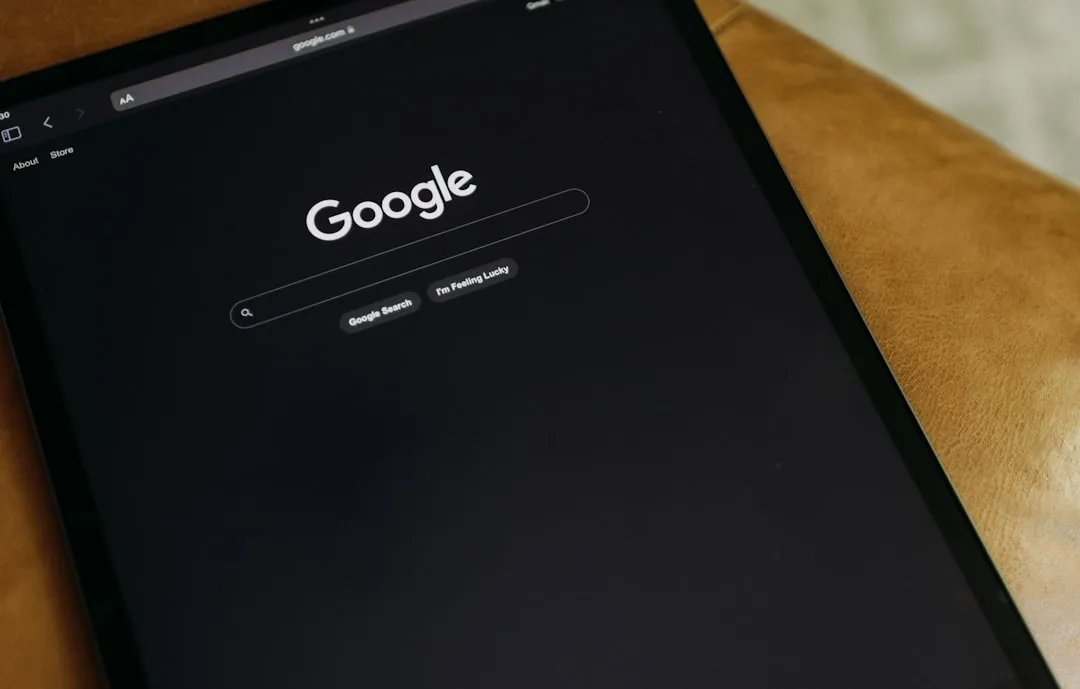
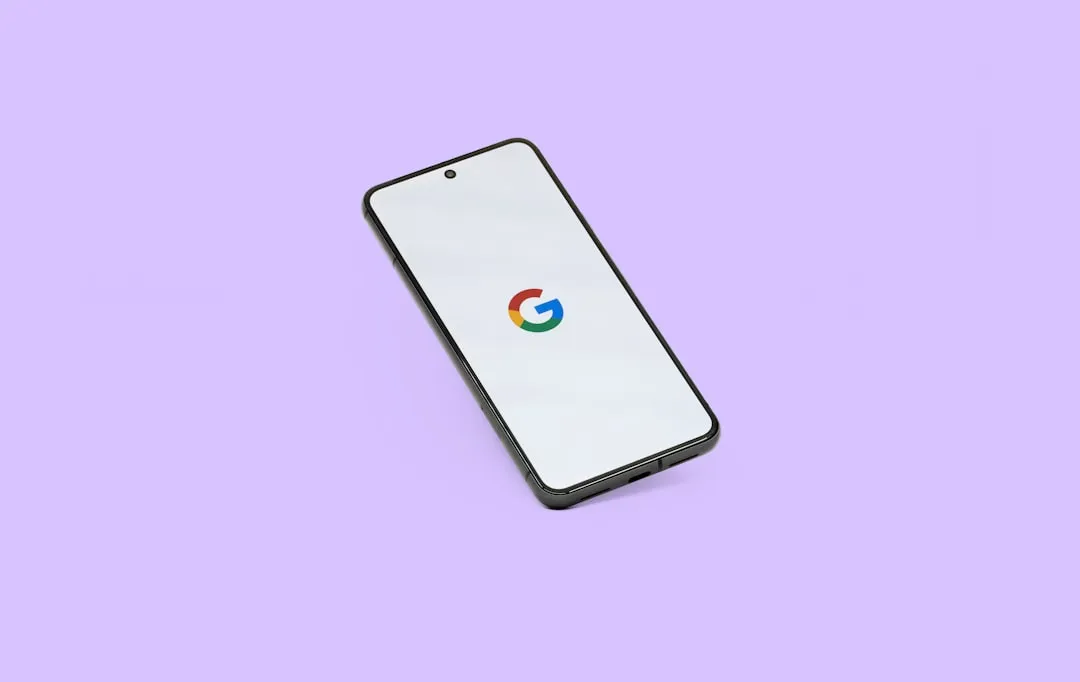


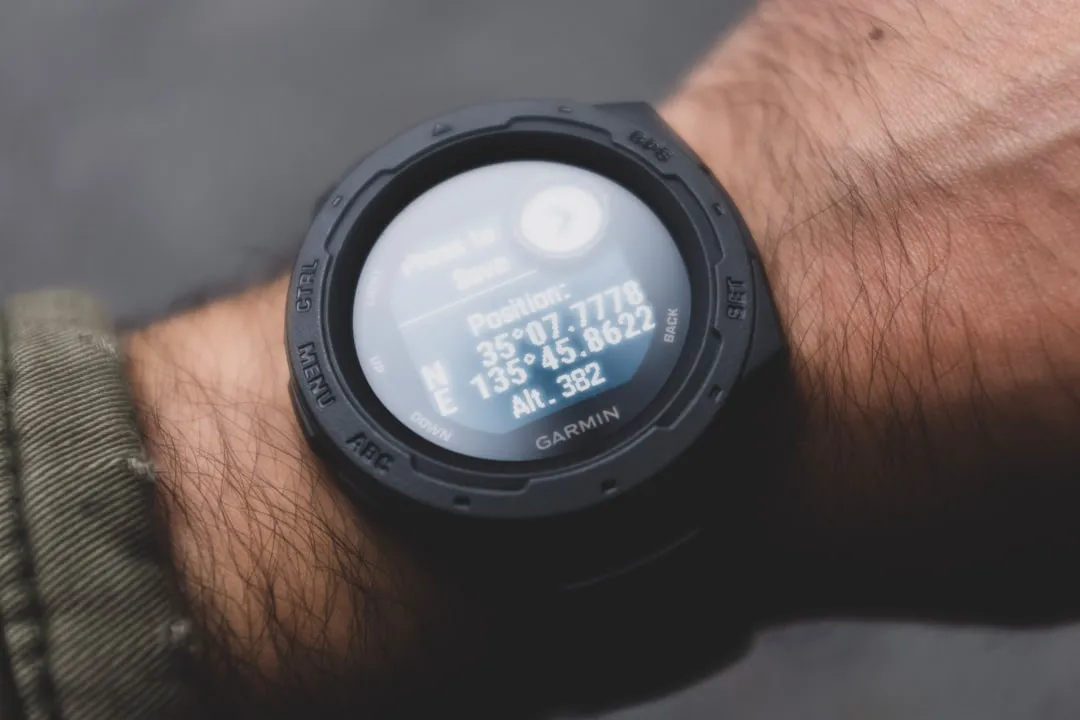


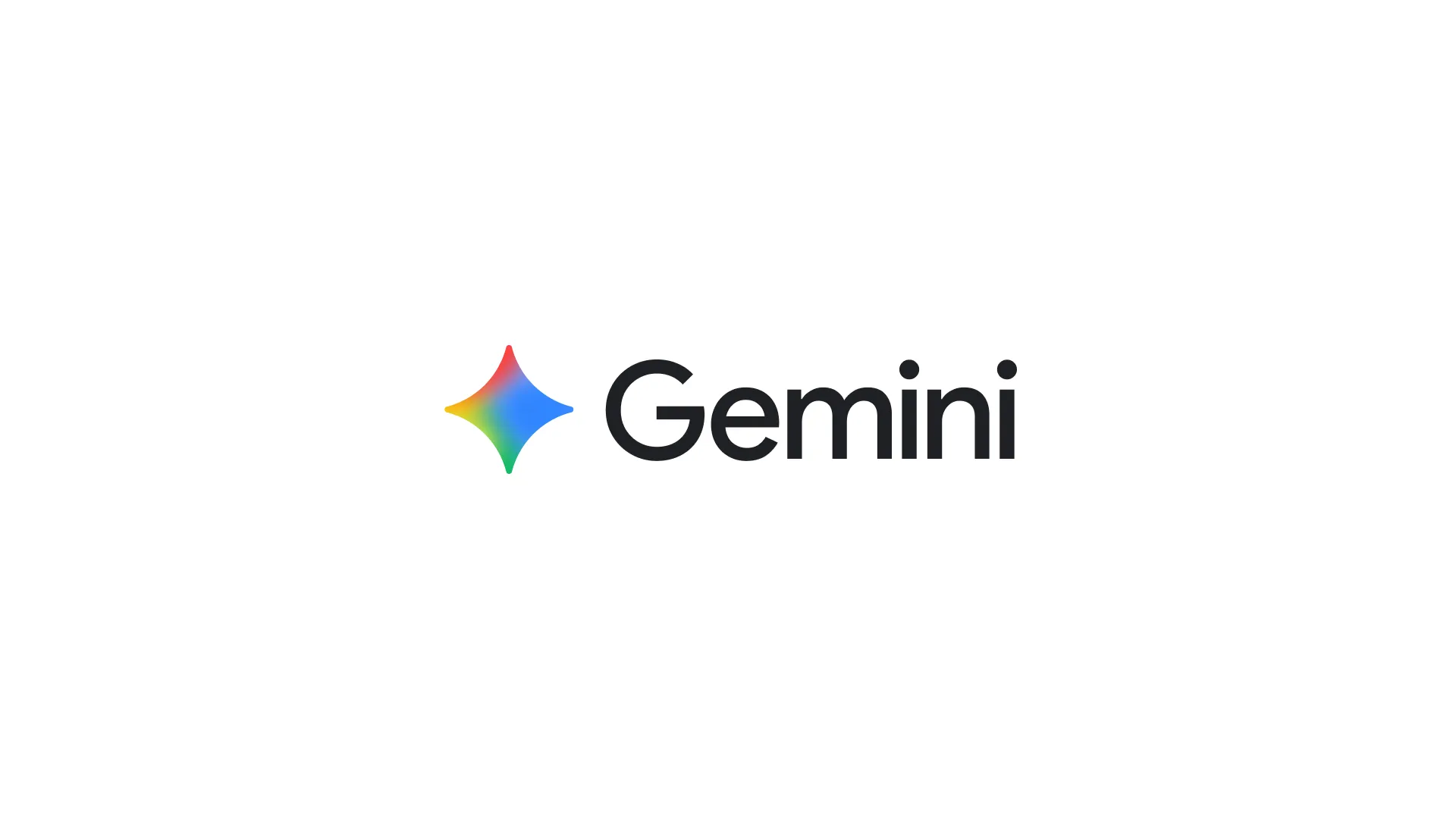




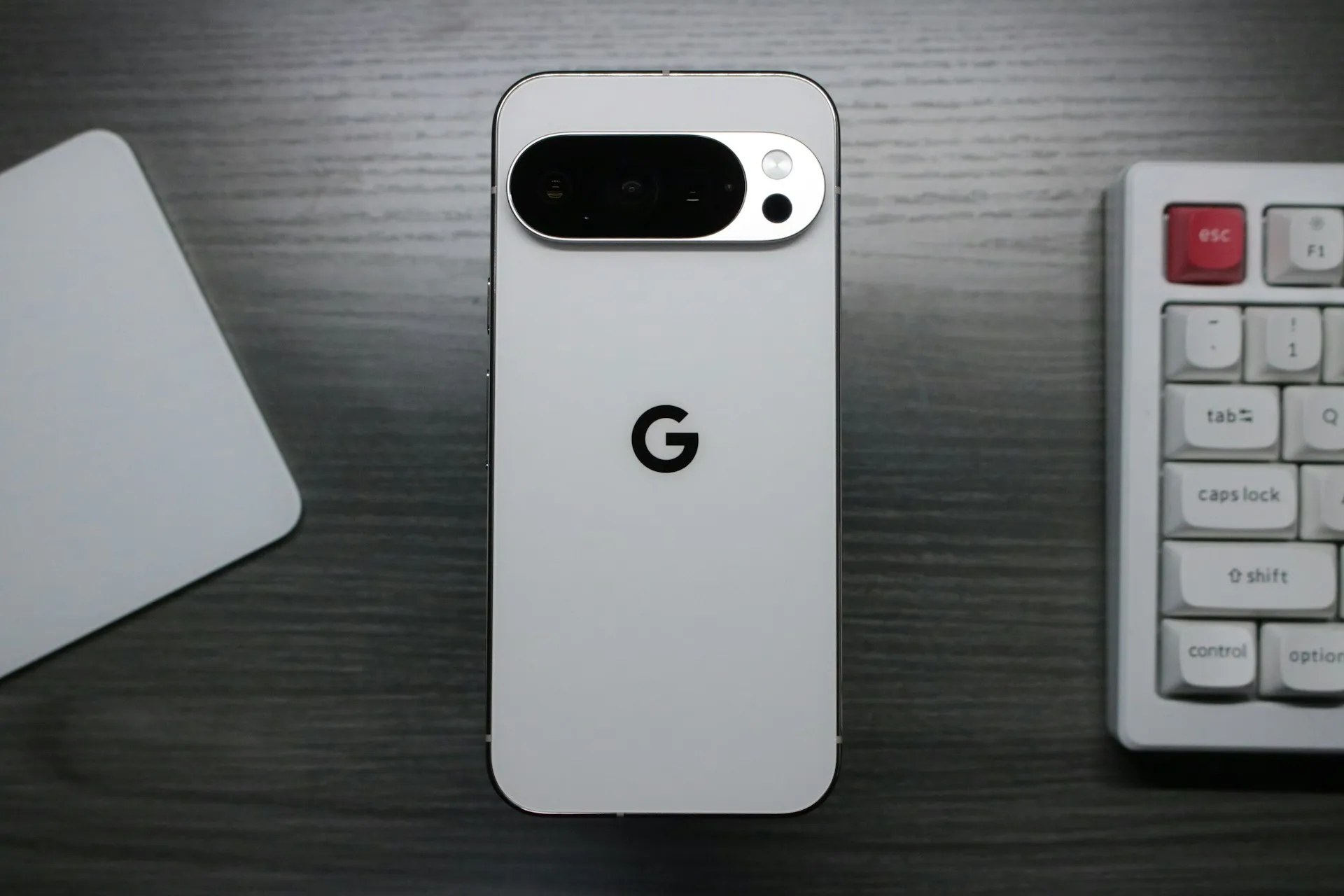
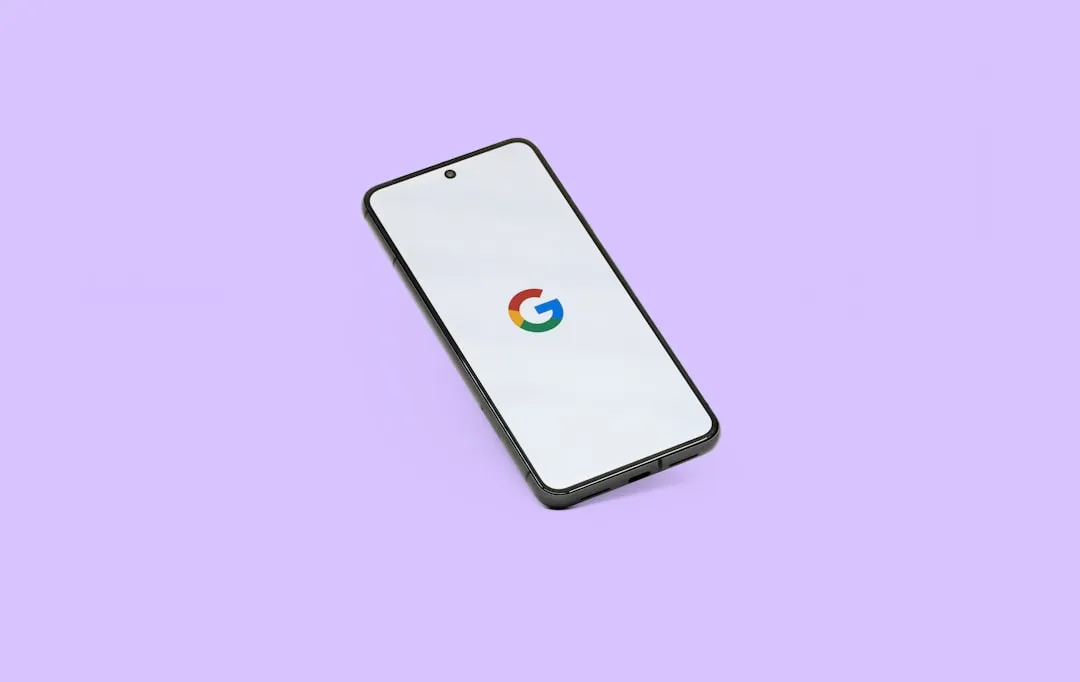

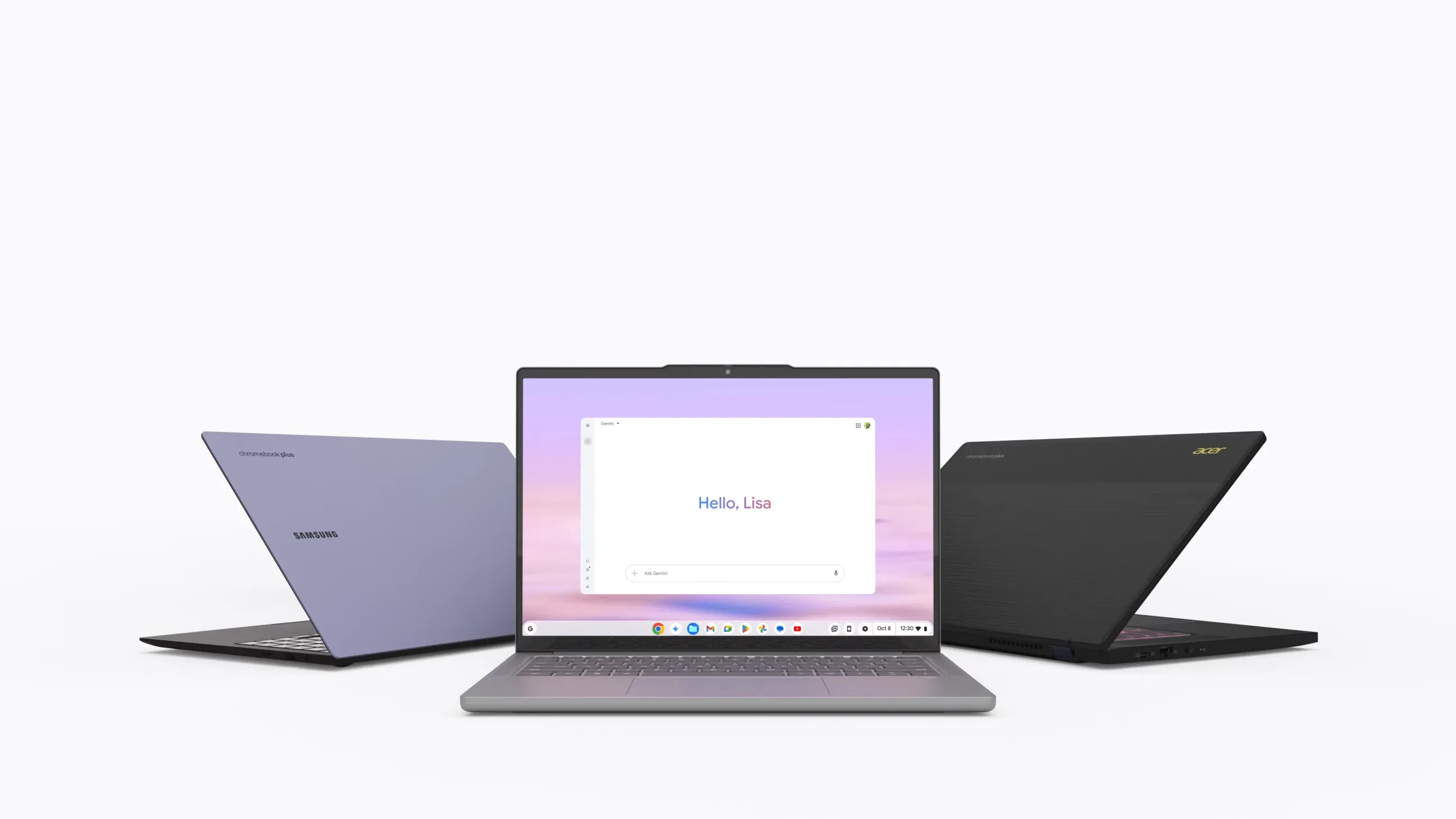

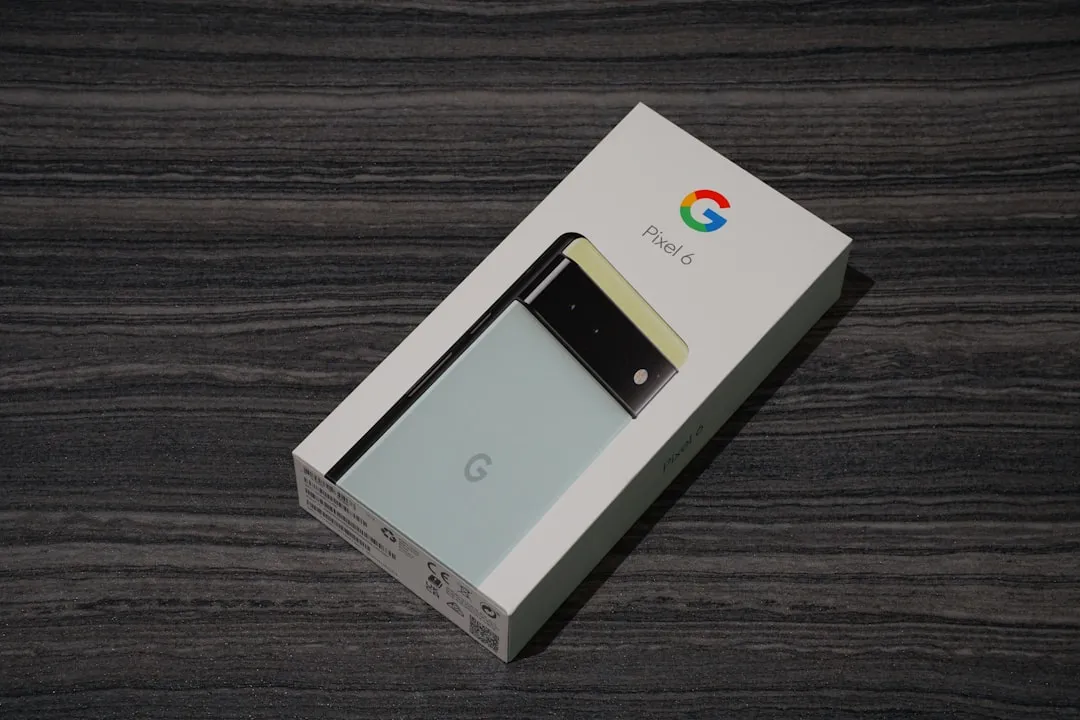
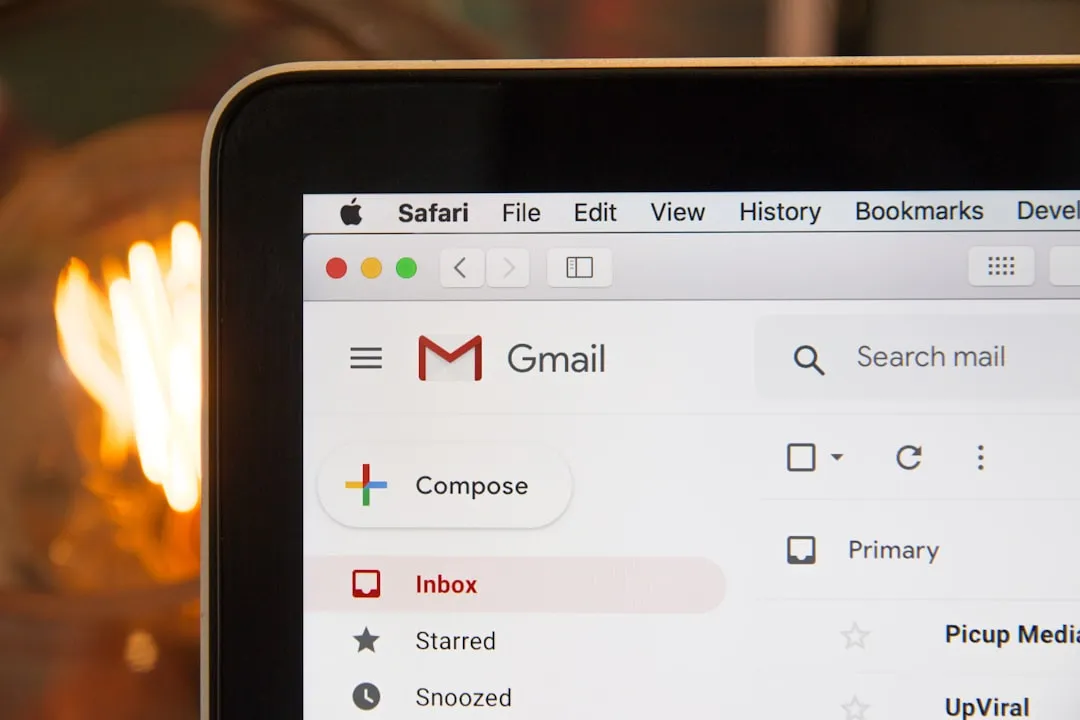
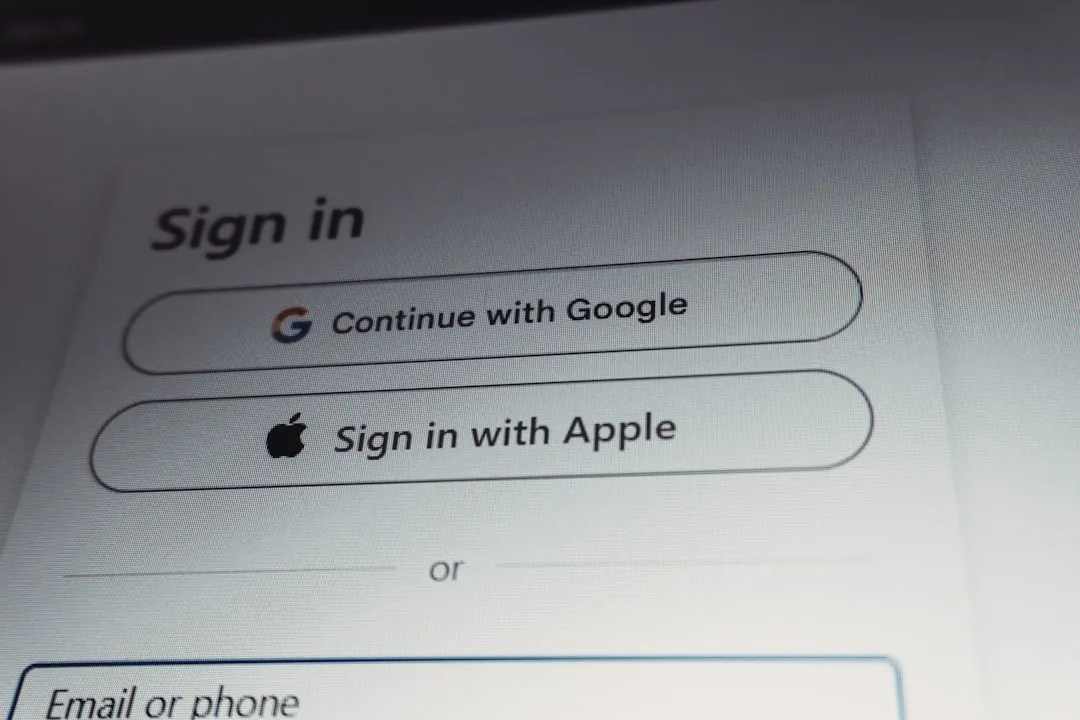
Comments
Be the first, drop a comment!